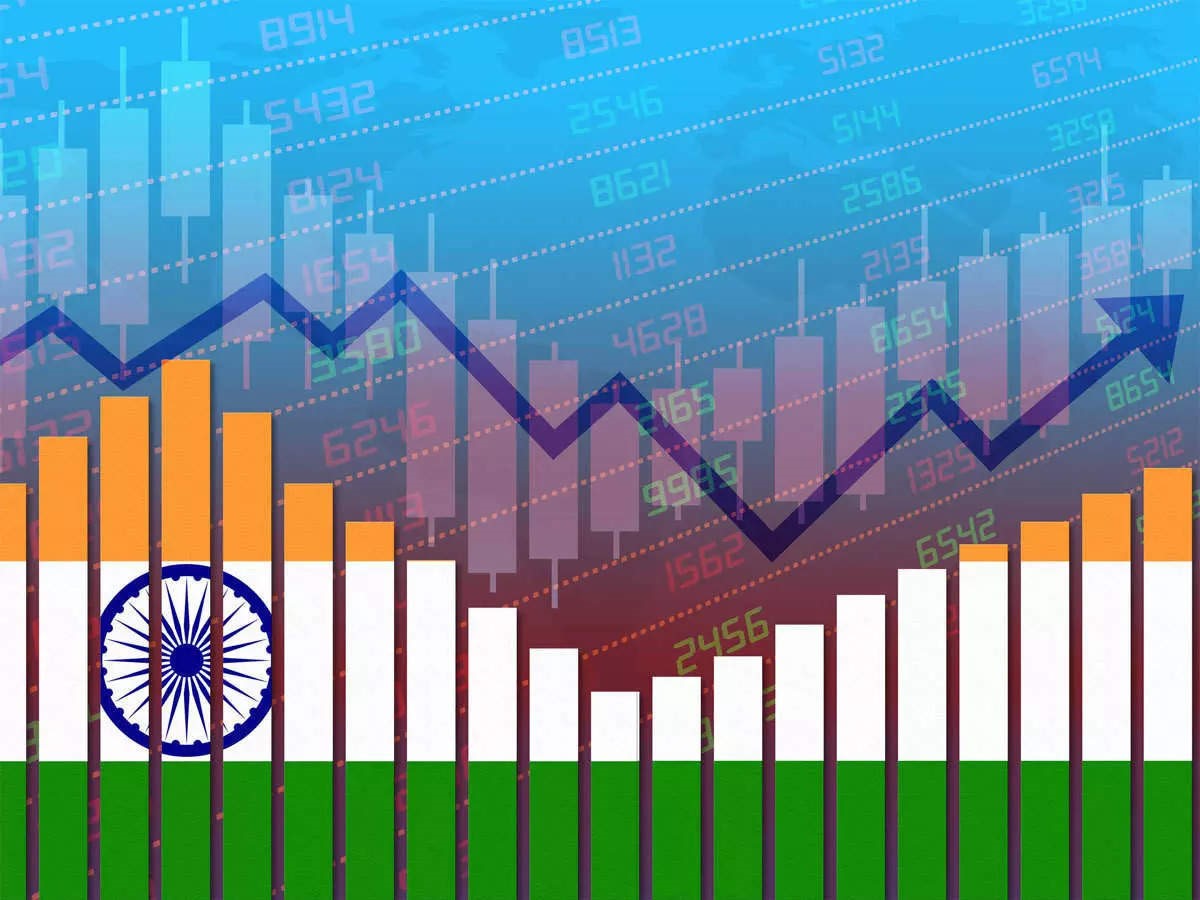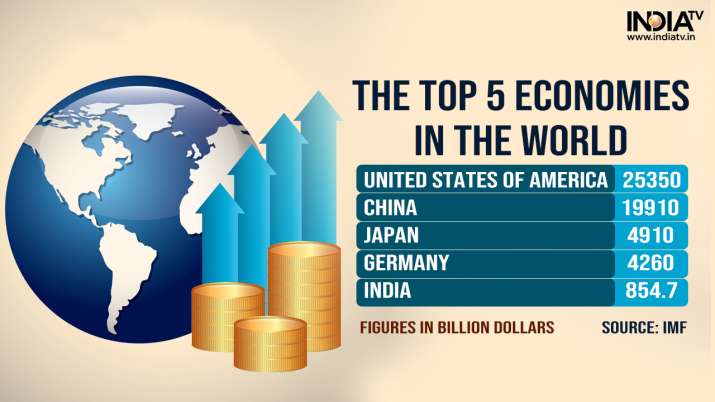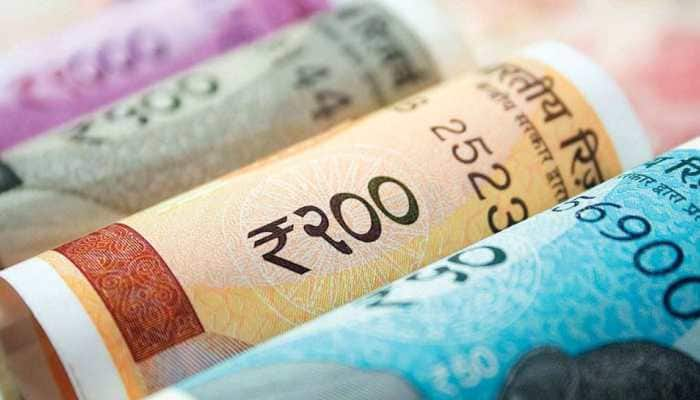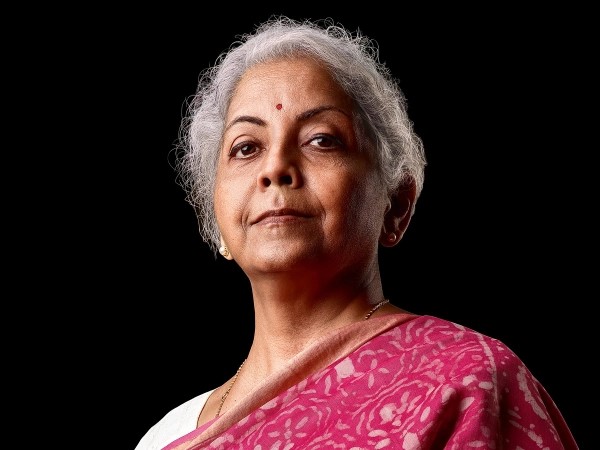
The only four countries which have an economy larger than that of India are the United States, China, Japan as well as Germany. India’s rank was only 11th a decade back!
In the last quarter of April-June, India’s GDP increased to 13.5%, which was said to be the quickest growth rate in a year. Through the calculations made by Bloomberg which used the database of the International Monetary Fund (IMF) and the previous exchange rates, the assumption was made that India has overtaken the UK. An existence which might lower the momentum of all the important world economies in the upcoming years could be the rise in rates of interest along with a threat of recession.

The Reserve Bank of India’s earlier estimate for growth was around 16.2%. Although it was lower than the expected growth rate, the rise in GDP was mainly due to consumption increase which signaled a revolution of domestic demand, specifically in the sector of services.
The main reason behind the increase in consumption is pent-up demand; that is, people are ready to step out, and spend their money after two horrific years of the pandemic. Along with a boost from the festive season, this month the service sector has made a major come back.
However, one of the major areas of concern could be the slow and studded growth of the manufacturing sector which is still stuck at 4.8%. Another area of worry is that the quantity of imports has been much higher than the level of exports, along with the uneven rains has weighed on the growth of the agricultural sector, and demand from rural areas.
Since, the growth of GDP in India has been consistent, it gives room to the Reserve Bank of India to put their focus and attention onto controlling the level of inflation. As a result of which the rate of inflation has been steady at 6% for a stretch of seven months.

Initiatives have been taken by the central bank to bring inflation under control. In three installments since May, they have increased the policy rate by 140 basis points. From April to June, the country’s GDP growth was higher than that of China (0.4% increase) in the first quarter of the fiscal year. The reason behind this stupendous growth of India has been large structural shifts.
Since 2014, with the progress that India has made, it is very likely to push to become the 3rd largest economy in the world by 2029.
Nirmala Sitharaman, the Finance Minister of India, in her recent speech went on to say that along with inflation, creation of job opportunities and equal distribution of wealth has been the Government’s top priority.

“My priority is to ensure jobs, equitable wealth distribution and making sure India is moving on the path of growth,” she said at the U.S.-India Business Council’s Ideas India Summit, 2022.
She also said that India would be taking up their position at the G20, at a time which is going to be very challenging for them, and that the emerging economies would be leading the global economy for the upcoming 50-60 years. She also went on to say that the emerging economies would be the ones to give a solution for several problems which are related to the prices of commodities or food security.
“These are the markets which will give you both the supply, and the demand side answers in the next 25-40 years. It is the right time to focus on the emerging economies; address issues of global concerns through these economies,” Sitharaman added.
Nonetheless, India still has a long way to!
Written By – Vidhi Dugar
Edited By – Kushi Mayur


